Articles > Geography
Know Portugal Largest Cities? Here are the top 25 to get you started.
1. Lisbon (Population: 547,733)
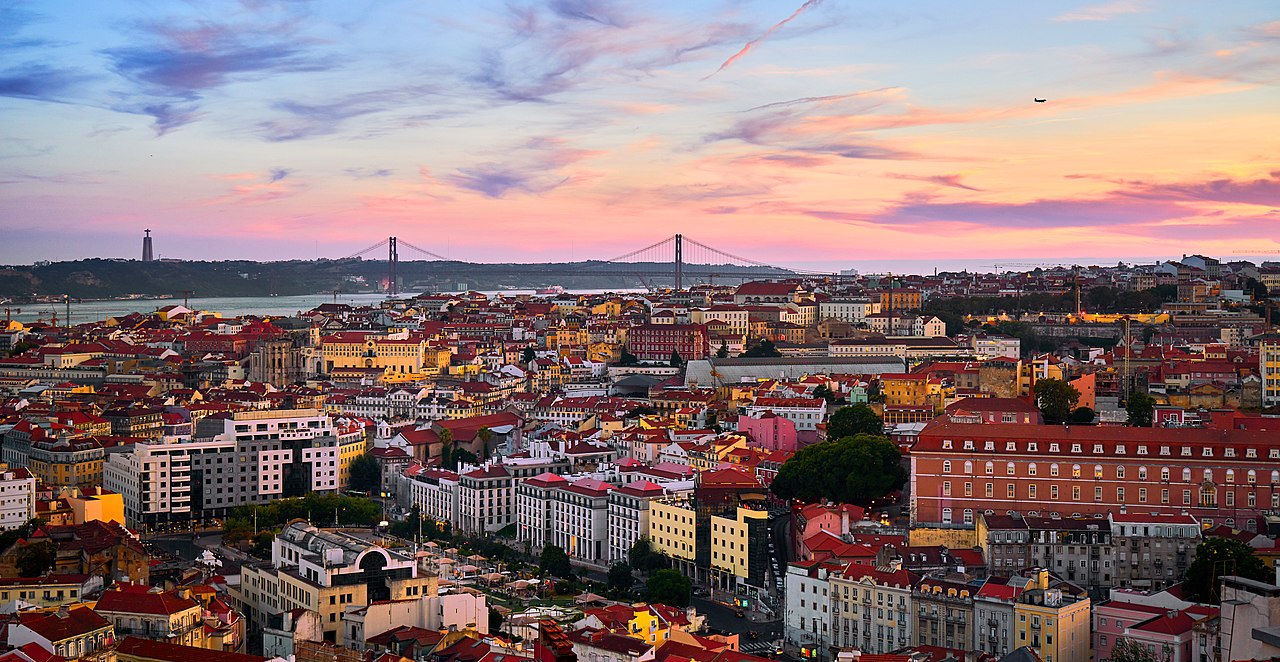
Lisbon, the capital of Portugal, is a vibrant coastal city known for its historic neighborhoods, stunning viewpoints, and lively cultural scene.
From the narrow streets of Alfama to the grand plazas of Baixa, Lisbon blends tradition with modernity.
The city’s iconic yellow trams, Fado music, and scenic hills make it one of Europe’s most picturesque capitals.
Interesting Fact:
Lisbon is one of the oldest cities in Western Europe, predating even Rome, Paris, and London.
2. Porto (Population: 237,591)
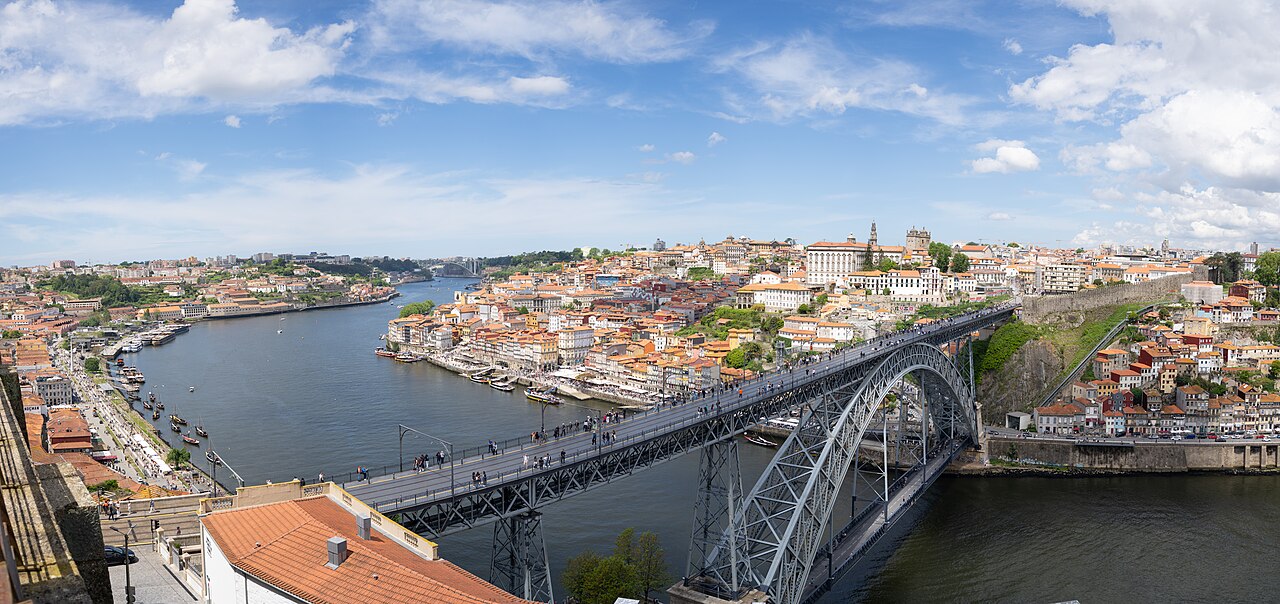
Porto, located along the Douro River in northern Portugal, is famed for its wine, architecture, and vibrant riverfront.
Its historic center is a UNESCO World Heritage site, featuring baroque churches, colorful tiled buildings, and bustling markets.
Porto is also the namesake of port wine, produced in the surrounding Douro Valley.
Interesting Fact:
The Dom Luís I Bridge in Porto was designed by a student of Gustave Eiffel.
3. Vila Nova de Gaia (Population: 186,502)
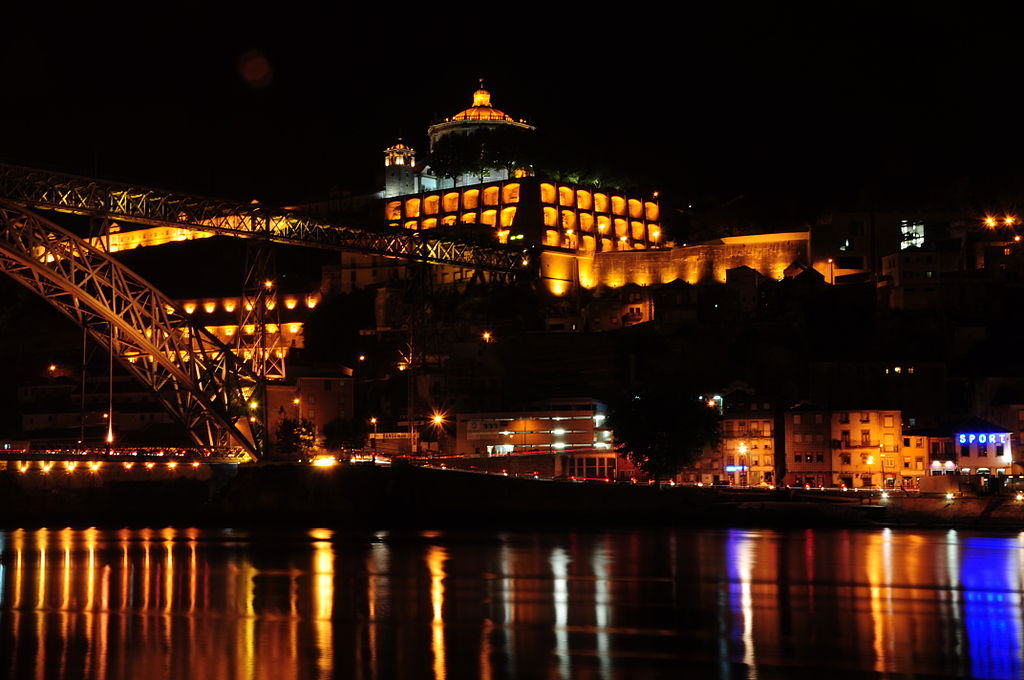
Vila Nova de Gaia, just across the Douro River from Porto, is best known for its port wine cellars.
The city offers stunning views of Porto’s skyline and is a hub for river cruises and wine tours.
Interesting Fact:
Most of the world’s port wine is aged and stored in Vila Nova de Gaia.
4. Amadora (Population: 175,136)
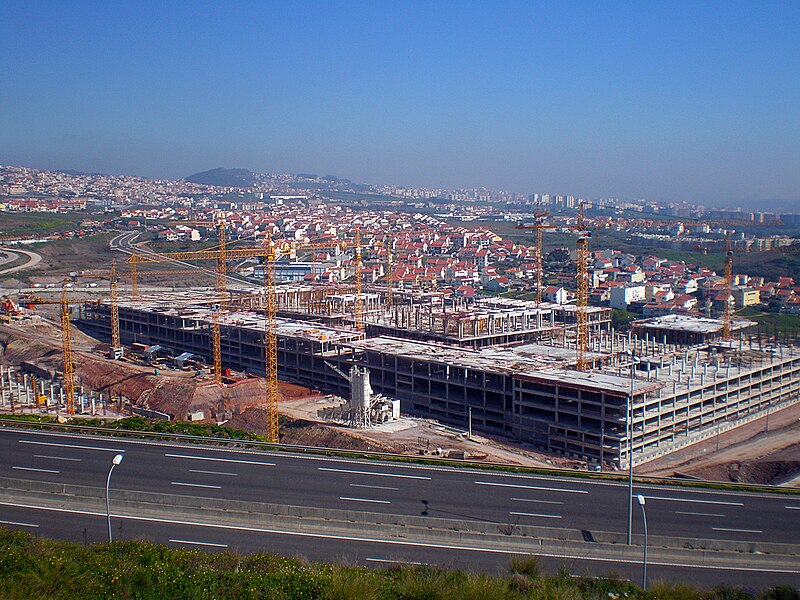
Amadora, part of the Lisbon metropolitan area, is a densely populated city with diverse communities and a vibrant urban lifestyle.
It is primarily residential, with strong transport links to the capital.
Interesting Fact:
Amadora hosts Portugal’s biggest annual comics festival, Festival Internacional de Banda Desenhada.
5. Braga (Population: 136,885)
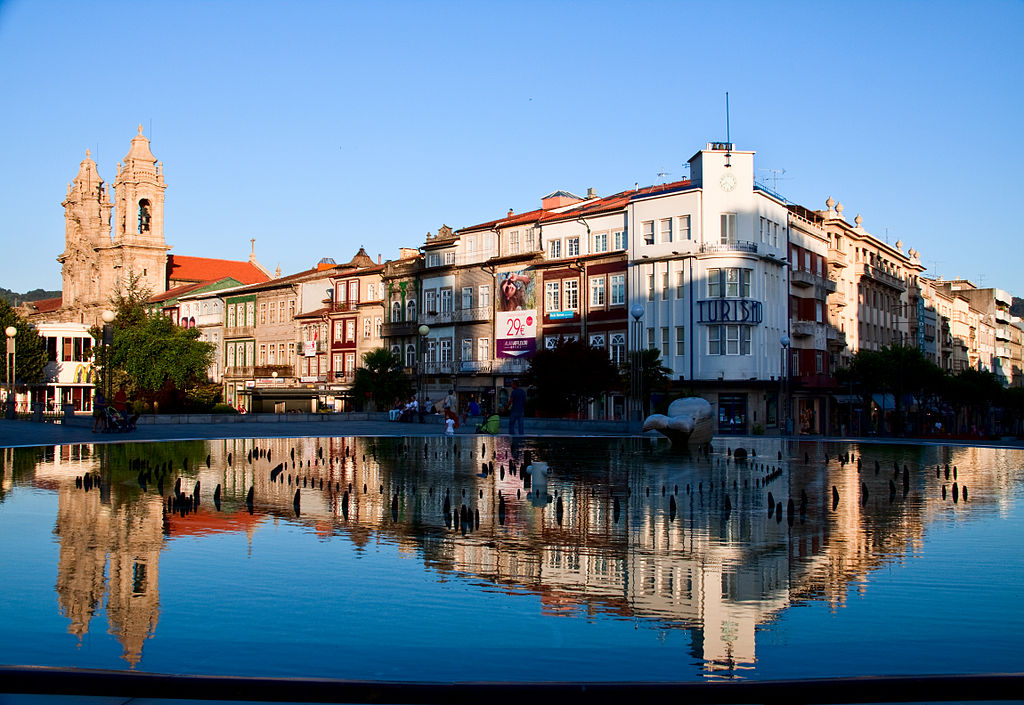
Braga, one of Portugal’s oldest cities, is often called the “Rome of Portugal” for its many churches and religious heritage.
It is home to the famous Bom Jesus do Monte sanctuary, with its iconic baroque stairway.
Interesting Fact:
Braga has been a center of Christian worship for more than 2,000 years.
6. Coimbra (Population: 105,842)
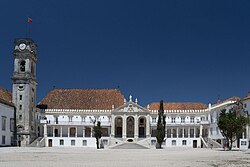
Coimbra, in central Portugal, is famed for its historic university, one of the oldest in Europe.
Its old town is filled with medieval architecture, lively student traditions, and beautiful river views.
Interesting Fact:
The University of Coimbra is a UNESCO World Heritage Site.
7. Almada (Population: 96,404)
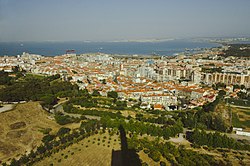
Almada, located across the Tagus River from Lisbon, is known for its beaches and the towering Cristo Rei statue.
It serves as a popular residential area for Lisbon commuters.
Interesting Fact:
The Cristo Rei statue in Almada was inspired by Rio de Janeiro’s Christ the Redeemer.
8. Setúbal (Population: 86,618)
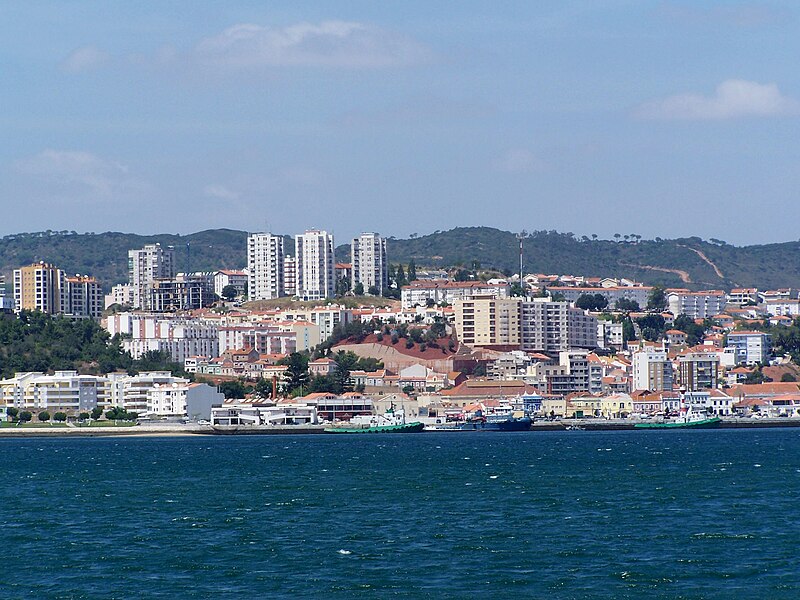
Setúbal is a coastal city renowned for its seafood, beaches, and proximity to the Arrábida Natural Park.
It is also a gateway to the dolphin-inhabited waters of the Sado Estuary.
Interesting Fact:
Setúbal is famous for its choco frito, or fried cuttlefish.
9. Agualva-Cacém (Population: 79,805)
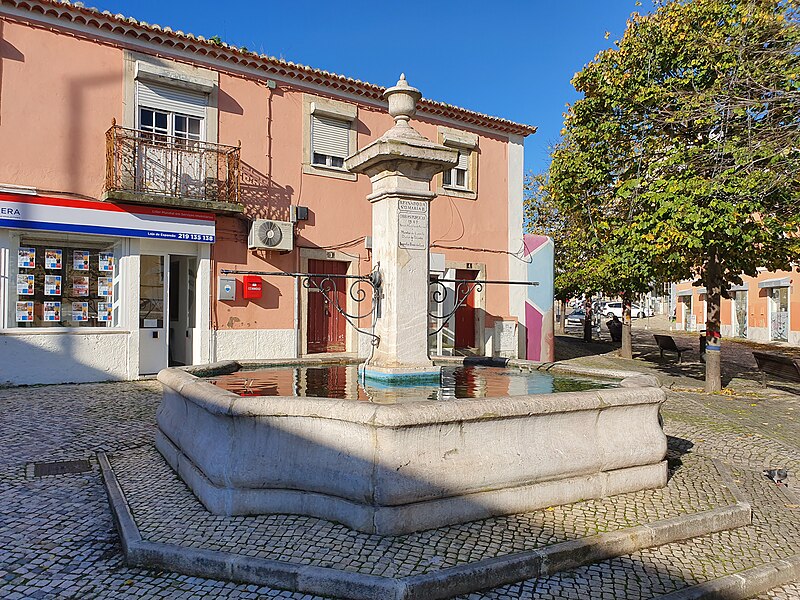
Agualva-Cacém, part of the Sintra municipality, is a busy residential hub within the Lisbon metropolitan area.
It is well-connected by rail and road to Lisbon and surrounding towns.
Interesting Fact:
The area’s population grew rapidly during the 20th century due to suburban expansion.
10. Queluz (Population: 75,169)
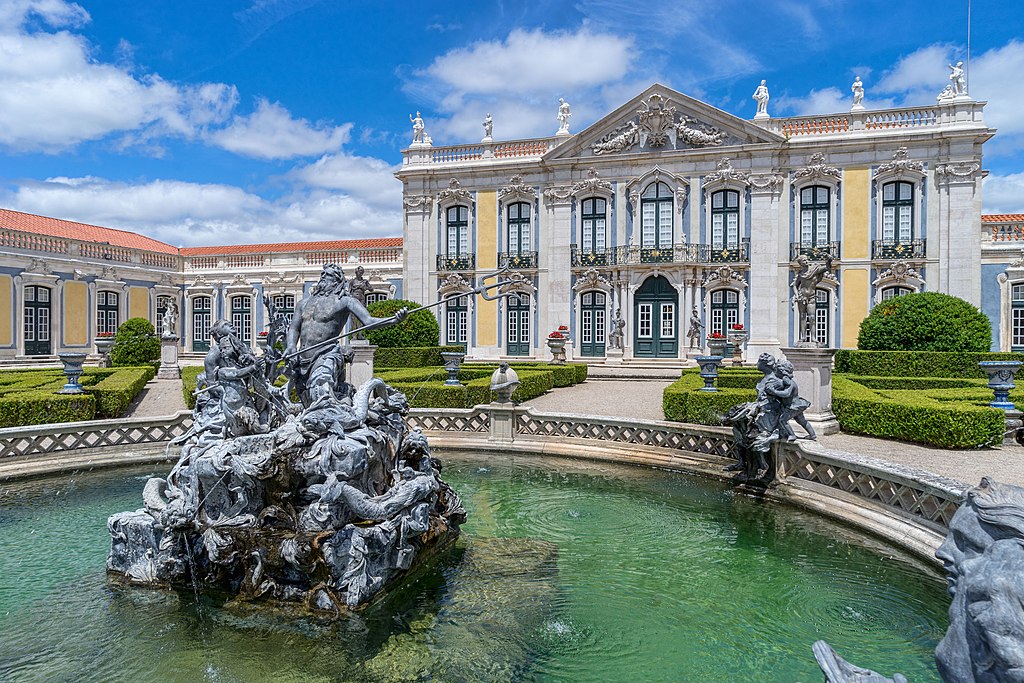
Queluz is best known for the stunning 18th-century Queluz National Palace, often called the “Portuguese Versailles.”
It lies between Lisbon and Sintra, making it a historically significant royal retreat.
Interesting Fact:
The palace was the birthplace of Dom Pedro I, the first Emperor of Brazil.
11. Rio Tinto (Population: 64,815)
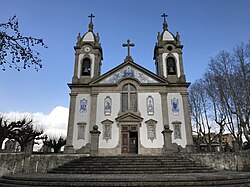
Rio Tinto, in northern Portugal, is part of the Porto metropolitan area.
It is a primarily residential community with strong connections to Porto’s economic activity.
Interesting Fact:
Rio Tinto means “red river,” possibly referring to iron-rich waters in the area.
12. Algueirão-Mem Martins (Population: 64,091)
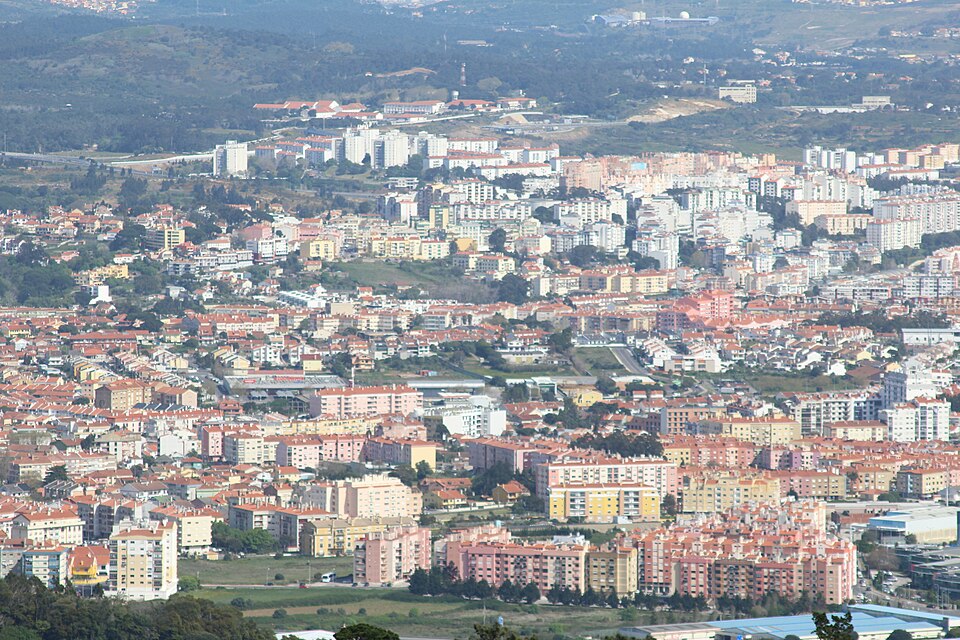
Algueirão-Mem Martins, in Sintra municipality, is one of Portugal’s largest parishes by population.
It is a diverse and growing suburban community.
Interesting Fact:
The area is known for its proximity to the UNESCO-listed Sintra cultural landscape.
13. Odivelas (Population: 59,559)
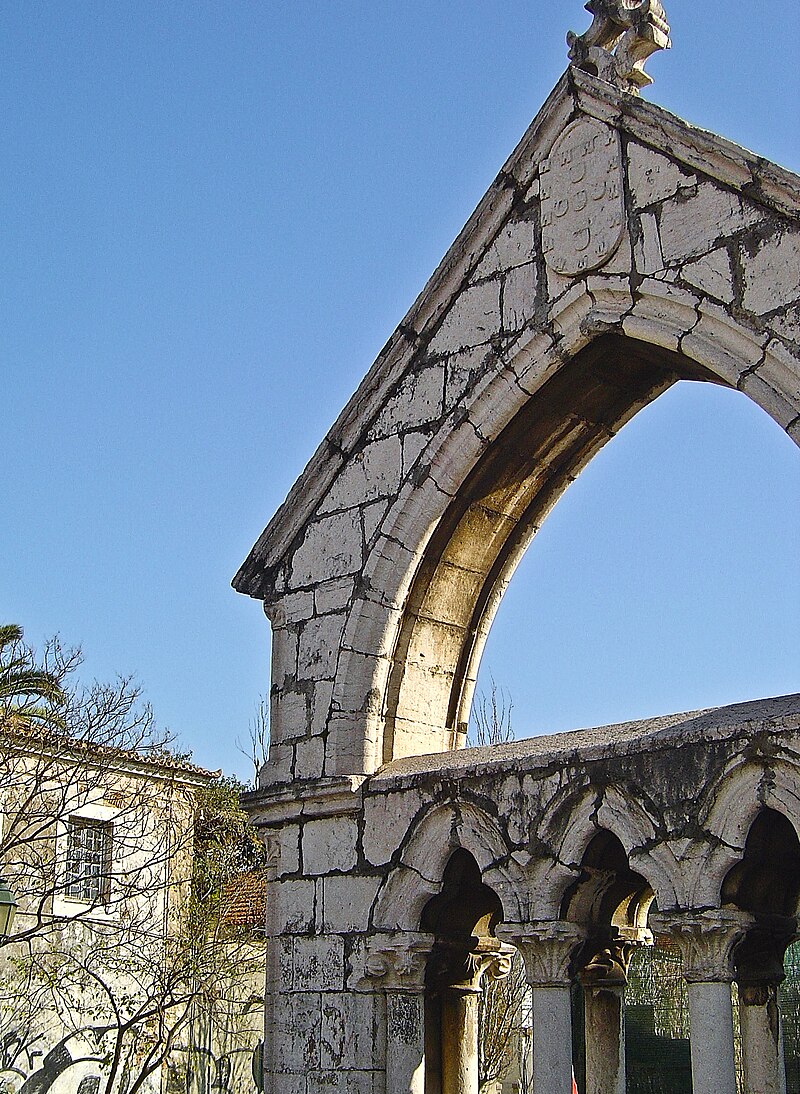
Odivelas, just north of Lisbon, combines modern urban living with historical sites.
It is home to the Odivelas Monastery, dating back to the 13th century.
Interesting Fact:
Odivelas is famous for its traditional Portuguese sweet, pastel de feijão.
14. Leiria (Population: 49,877)
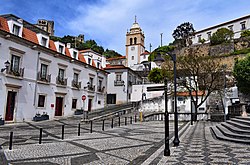
Leiria, in central Portugal, is known for its hilltop castle and medieval old town.
It serves as a cultural and economic center for the region.
Interesting Fact:
Leiria was once a royal residence during the Middle Ages.
15. Matosinhos (Population: 49,486)
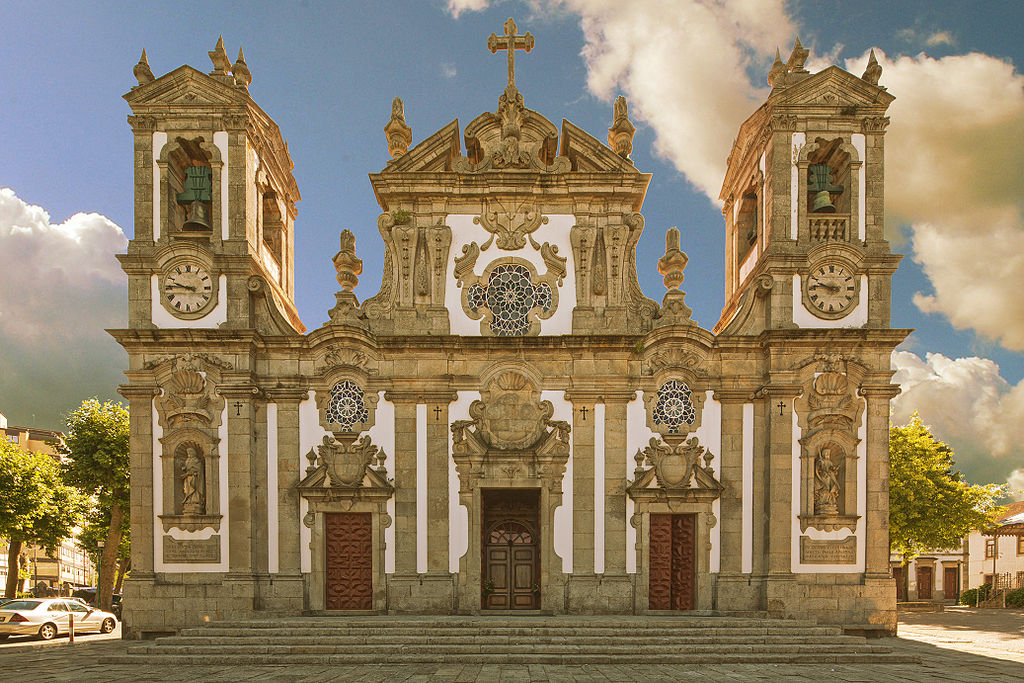
Matosinhos, on Portugal’s northern coast, is famed for its seafood and beach culture.
It is also an important port and industrial hub.
Interesting Fact:
Matosinhos hosts an annual sardine festival every June.
16. Guimarães (Population: 47,588)
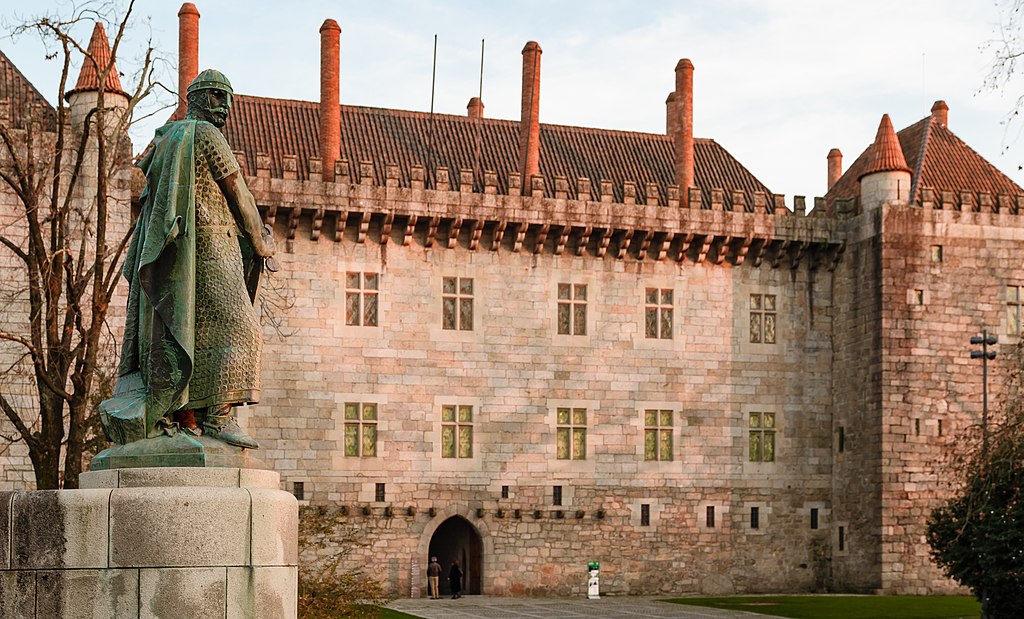
Guimarães is often called the “birthplace of Portugal” due to its role in the country’s foundation.
Its well-preserved medieval center is a UNESCO World Heritage Site.
Interesting Fact:
Guimarães was the site of the Battle of São Mamede in 1128, a key event in Portuguese independence.
17. Loures (Population: 43,127)
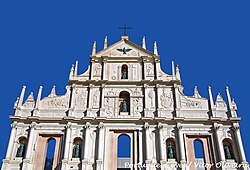
Loures, north of Lisbon, is known for its cultural diversity and vibrant festivals.
It blends urban neighborhoods with rural landscapes.
Interesting Fact:
Loures hosts a popular annual carnival, one of the biggest in Portugal.
18. Évora (Population: 41,898)
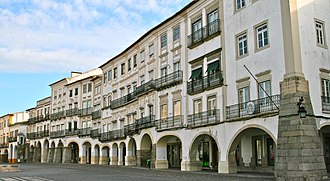
Évora, in Portugal’s Alentejo region, is a UNESCO World Heritage city filled with Roman, medieval, and Renaissance architecture.
It is famous for its whitewashed houses, narrow streets, and ancient monuments.
Interesting Fact:
Évora’s Roman Temple is one of the best-preserved in the Iberian Peninsula.
19. Maia (Population: 40,134)
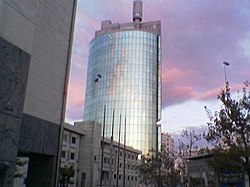
Maia, near Porto, is a modern and industrial city with strong economic growth.
It is also known for its well-planned parks and cultural venues.
Interesting Fact:
Maia is home to one of Portugal’s busiest airports, Francisco Sá Carneiro Airport.
20. Póvoa de Varzim (Population: 40,053)

Póvoa de Varzim is a coastal city known for its beaches, casino, and fishing traditions.
It has long been a summer retreat for residents of northern Portugal.
Interesting Fact:
The city’s coat of arms features a silver fish, symbolizing its maritime heritage.
21. Faro (Population: 39,587)
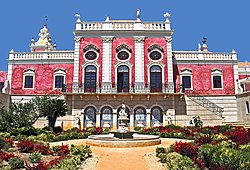
Faro, capital of the Algarve, is a charming city with a historic old town, marina, and access to beautiful beaches.
It serves as the gateway to the Algarve’s famous resorts.
Interesting Fact:
Faro’s old town is still surrounded by ancient city walls built by the Moors.
22. Ermesinde (Population: 38,798)
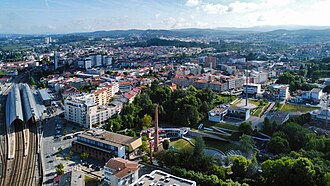
Ermesinde, part of the Porto metropolitan area, is a growing suburban community.
It has strong rail links that make it an important commuter hub.
Interesting Fact:
Ermesinde is known for its proximity to the Leça River.
23. Aveiro (Population: 38,089)
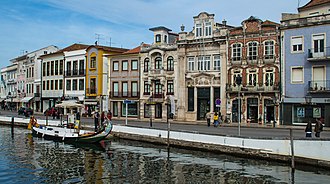
Aveiro, often called the “Venice of Portugal,” is famous for its canals, colorful boats, and Art Nouveau architecture.
It is also known for its traditional sweet, ovos moles.
Interesting Fact:
The moliceiro boats of Aveiro were originally used to harvest seaweed for fertilizer.
24. Barreiro (Population: 37,506)
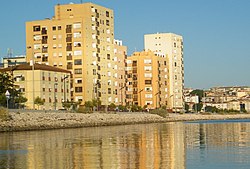
Barreiro, across the Tagus River from Lisbon, is a historic industrial city.
It is well connected to Lisbon by ferry and road.
Interesting Fact:
Barreiro played a key role in Portugal’s cork and chemical industries.
25. Montijo (Population: 35,314)
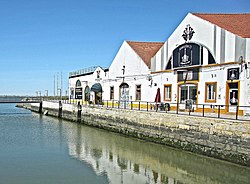
Montijo, in the Lisbon metropolitan area, blends rural charm with growing urban development.
It is also known for its fertile farmlands and traditional festivals.
Interesting Fact:
Montijo’s annual Festas de São Pedro is one of the most vibrant celebrations in the region.




